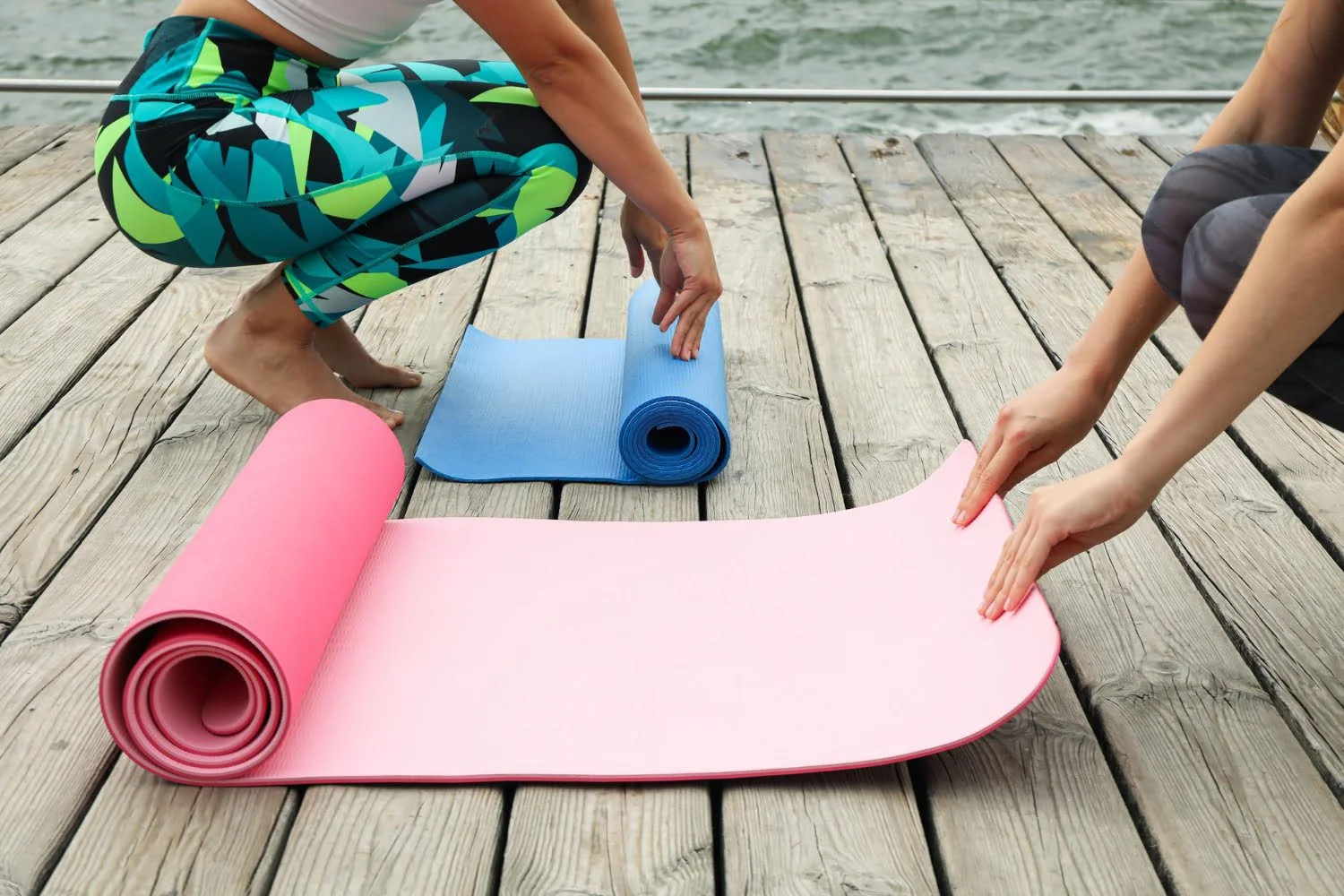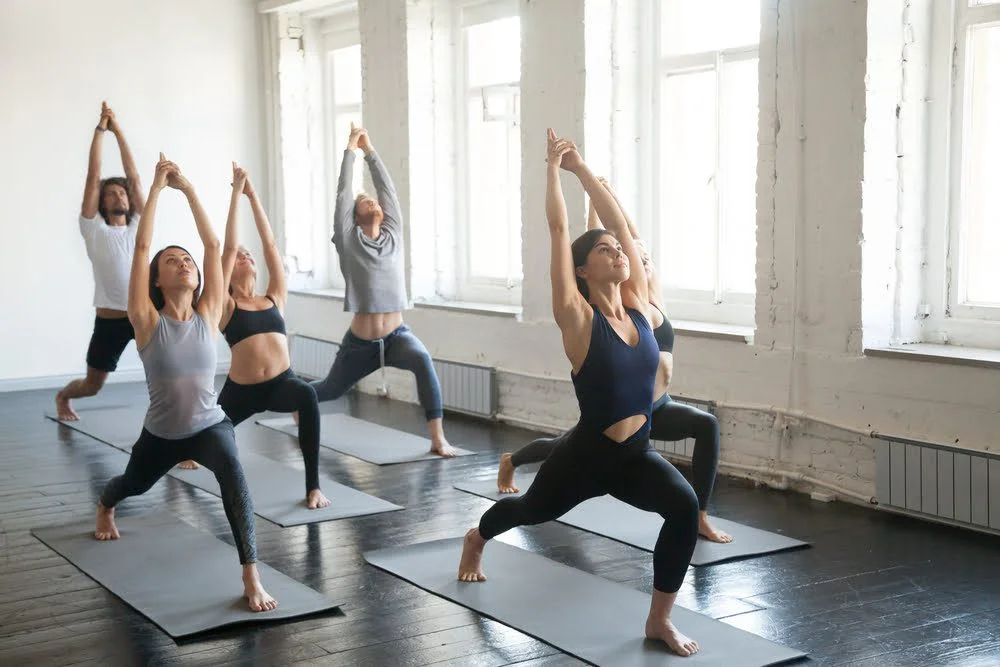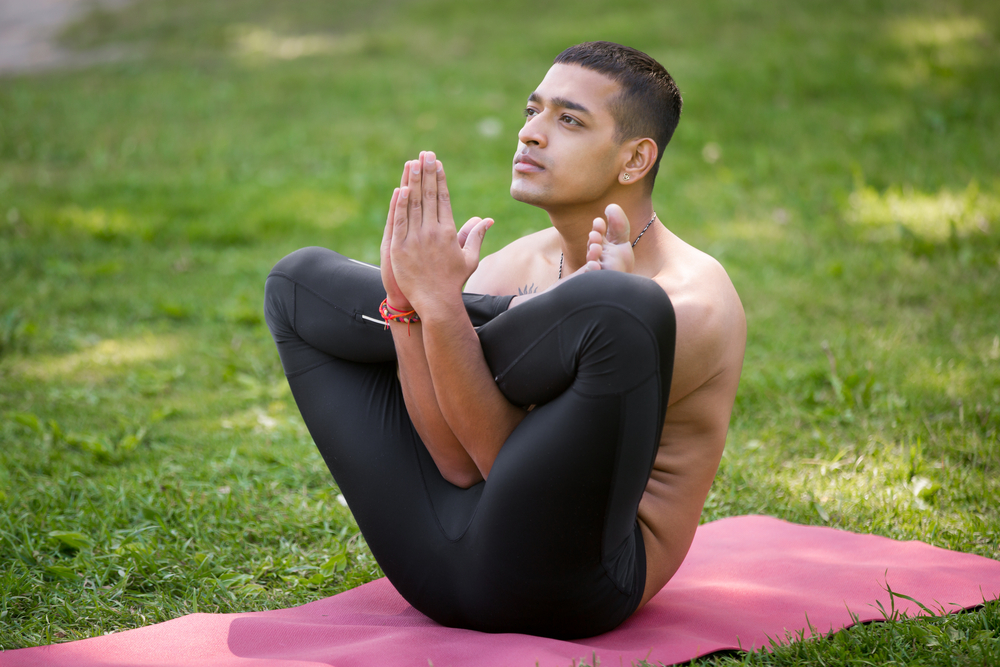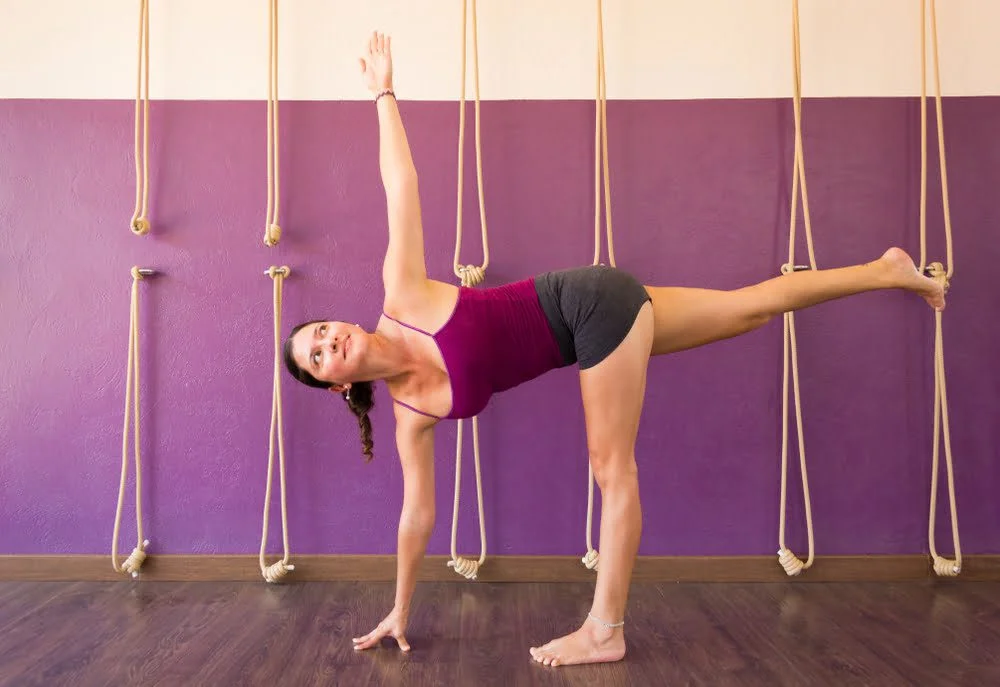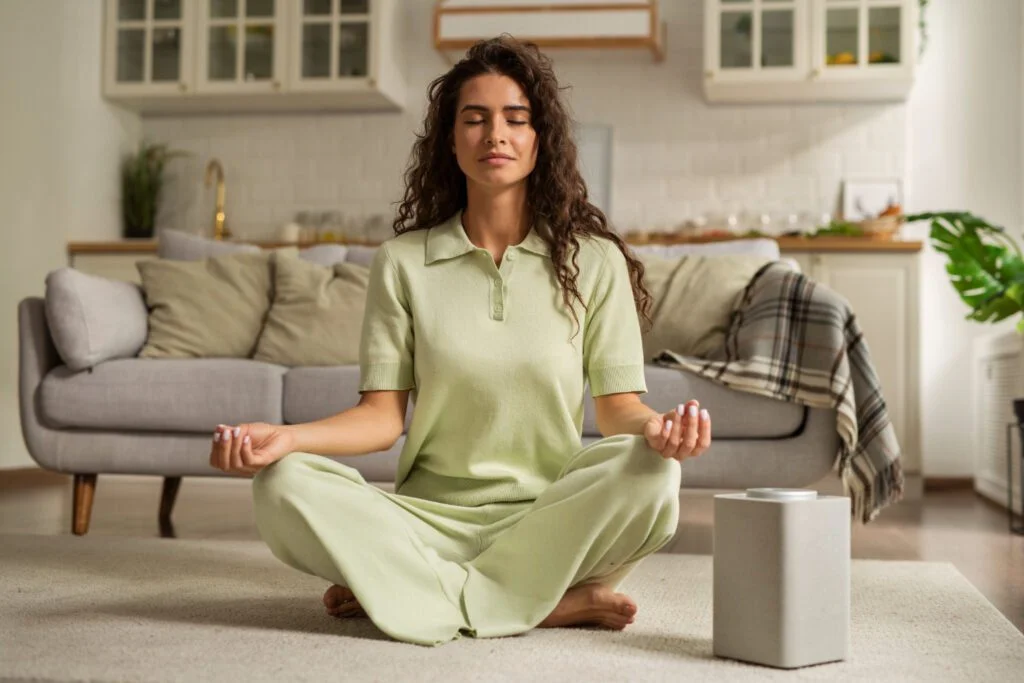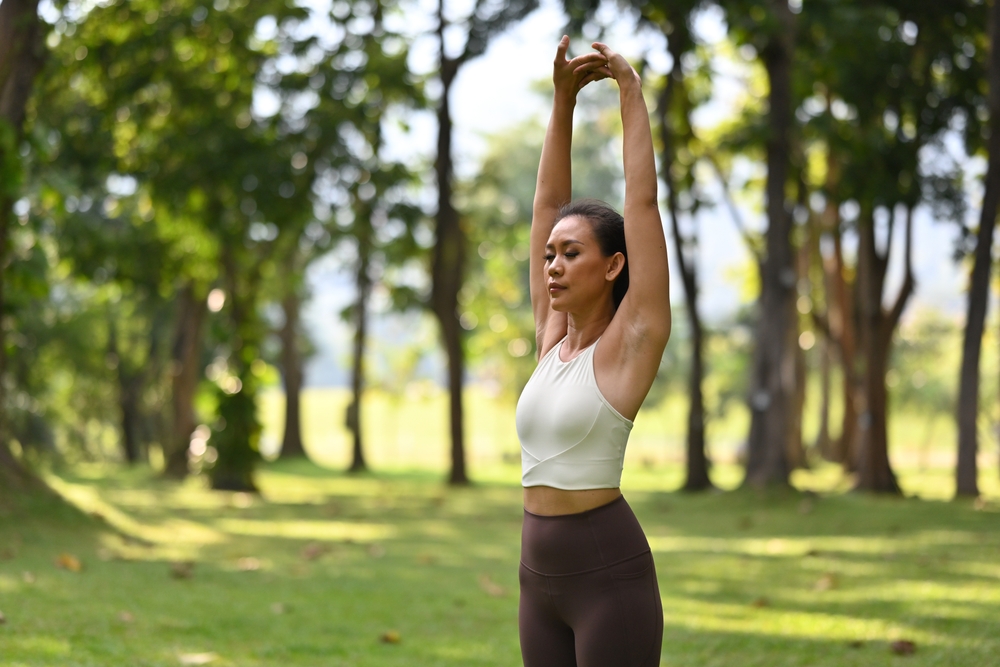Yoga has gained immense popularity over the years as a holistic practice that promotes physical, mental, and spiritual well-being. With its numerous benefits, it comes as no surprise that practitioners are keen on investing in the right equipment to enhance their practice. Two commonly used items in yoga are the yoga rug and yoga mat.
Both serve the purpose of providing support, stability, and comfort during the practice, but they differ in certain aspects. This article aims to explore the differences between a yoga rug and a yoga mat, and help you determine which one is better suited for your individual needs and preferences. Whether you are a seasoned yogi or a beginner looking to start your yoga journey, understanding the pros and cons of each option will enable you to make an informed decision that optimizes your yoga experience.
Yoga Rug vs Mat: Which is Better For You?
When it comes to practicing yoga, having the right equipment is essential for a comfortable and effective session. Two popular options to choose from are yoga rugs and mats. While both serve the purpose of providing a non-slip surface and support during yoga practice, there are distinct differences between the two. To help you decide which option is better suited for you, let’s explore the points of comparison between yoga rugs and mats.
1. Material.
– Yoga Rugs: Traditionally made of cotton or wool, yoga rugs offer a natural and eco-friendly choice. They provide a good grip due to their textured surface, allowing practitioners to maintain stability during poses.
– Yoga Mats: Typically made of rubber, PVC, or TPE (thermoplastic elastomer), yoga mats offer a more cushioned and shock-absorbing surface. These materials are often sweat-resistant, making them easier to clean.
2. Comfort.
– Yoga Rugs: With their natural fibers, yoga rugs provide a more tactile and cozy experience. They offer a softness that some practitioners find comforting, especially during lying-down poses or meditation.
– Yoga Mats: Mats, particularly those with extra padding, provide a greater level of cushioning and support for the joints. This makes them suitable for individuals who prefer a more stable and cushioned surface during their practice, especially for those with sensitive knees or joints.
3. Portability.
– Yoga Rugs: Due to their larger size and thicker material, yoga rugs can be less portable. They are generally bulkier and heavier to carry around, making them more suitable for home practice or studio use.
– Yoga Mats: Mats are designed with portability in mind. They are lightweight and easy to roll up, making them convenient to carry to yoga classes, outdoor sessions, or when traveling.
4. Maintenance.
– Yoga Rugs: Cleaning yoga rugs can be more time-consuming and challenging compared to mats. They often require handwashing or delicate machine washing, followed by air drying to maintain their texture and quality.
– Yoga Mats: Most yoga mats can be easily cleaned with a simple wipe using a damp cloth or through mild soap and water. They are quick to dry and maintain, making them a low-maintenance option.
5. Versatility.
– Yoga Rugs: These rugs can serve multiple purposes beyond yoga practice. They can be used as a meditation mat, a blanket, or even a decorative item in your living space, adding a touch of warmth and texture to your home.
– Yoga Mats: While primarily designed for yoga practice, mats can also be used for other fitness activities, such as Pilates, stretching, or various floor exercises. They are versatile and can accommodate different workout routines.
| 💡 Tips FitnessQuora.com Ultimately, the choice between a yoga rug and a mat depends on your personal preferences, needs, and priorities. If you prioritize a natural and textured surface, value comfort during poses, and primarily practice at home or in a studio, a yoga rug might be your preferred choice. On the other hand, if portability, easy maintenance, and joint support are your top concerns, a yoga mat would be more suitable. Consider these points when selecting the ideal option that aligns with your yoga practice goals and lifestyle. |
Frequently Asked Questions.
It is generally better to do yoga on a mat rather than on carpet. The mat provides better support, grip, and stability, allowing for a more effective and safe yoga practice.
Yes, you can use a yoga mat as a rug pad.
Yes, yoga rugs work by providing a non-slip and comfortable surface for practitioners to enhance their practice.
Yes, a yoga rug is good for hot yoga as it provides better grip and absorbs sweat, helping to prevent slipping and enhance stability during the practice.
Yes, yoga mats can become less slippery over time and with regular use.
Yes, you can do yoga on carpet.
Yes, yogis typically use yoga mats during their practice.
Sleeping on a yoga mat can provide some benefits such as improved posture, increased blood circulation, and enhanced comfort for individuals who prefer a firmer sleeping surface. However, it may not be suitable for everyone and individual preferences should be considered.
Bottom Line.
Both yoga rugs and mats have their own unique advantages and it ultimately comes down to personal preference and individual needs. Yoga rugs offer a traditional and natural feel, providing better grip and stability during practice. They also offer added cushioning and insulation, making them suitable for colder climates.
On the other hand, yoga mats are more portable, lightweight, and easy to clean, making them ideal for those who frequently travel or attend yoga classes outside their homes. Ultimately, the choice between a yoga rug and mat depends on factors such as personal comfort, specific yoga practice requirements, and lifestyle. It is recommended to try both options and choose the one that enhances your practice and brings you the most comfort and satisfaction.

 Workout
Workout
 Meditation
Meditation





 Contact Us
Contact Us

